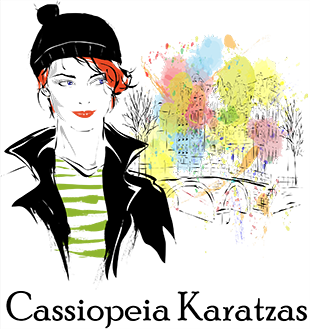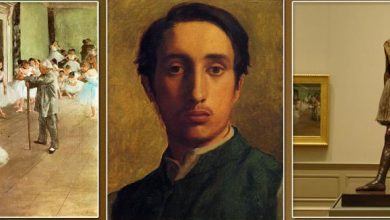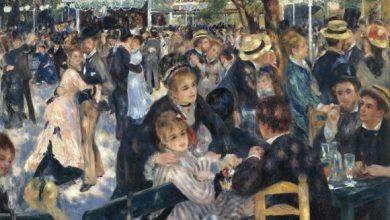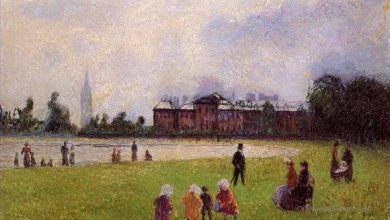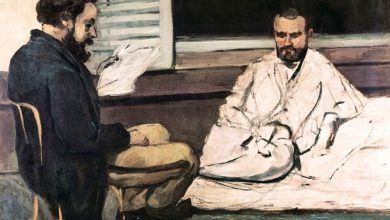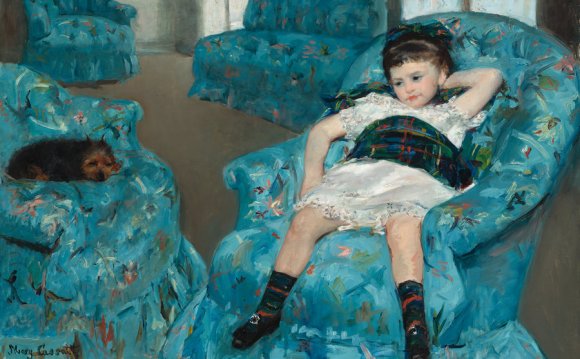
Washington, DC—Edgar Degas’s (1834–1917) influence on fellow impressionist Mary Cassatt (1844–1926) is widely known, but her role in shaping his work and introducing him to American audiences is fully examined for the first time in Degas/Cassatt. On view at the National Gallery of Art, Washington—the sole venue worldwide—from May 11 through October 5, 2014, the exhibition includes some 70 works in a variety of media. Groundbreaking technical analysis is presented by conservators and scientists who examined key works by both artists.
“Despite differences of gender and nationality, Degas and Cassatt forged a deep friendship founded on respect and admiration, and we are delighted to share the results of this relationship with our visitors. The Gallery is particularly well suited to the exploration of this subject because of the exceptional works donated by discerning collectors, such as Paul Mellon, Chester Dale, and Lessing J. Rosenwald, ” said Earl A. Powell III, director, National Gallery of Art, Washington. “A profound debt of gratitude is owed to our many lenders, both public and private, in the United States and France.”
The Gallery is exceptionally rich in holdings by both artists, with one of the finest collections of works by Cassatt in existence, totaling 119, and the third largest collection of works by Degas in the world, totaling 158.
“Booz Allen is honored to sponsor this major exhibition at the National Gallery of Art, which presents the exceptional artistry and collaboration of Edgar Degas and Mary Cassatt. The works themselves, and the research conducted by the National Gallery of Art, reveal the way these impressionist masters inspired and learned from each other. Booz Allen is proud to help make possible this exhibition in the nation’s capital on the occasion of our firm’s 100th anniversary, ” said Ralph W. Shrader, chairman and chief executive officer of Booz Allen Hamilton.
Degas/Cassatt is organized thematically over four galleries with a focus on the height of Degas and Cassatt’s artistic alliance—the late 1870s through the mid-1880s. Included are oil paintings, pastels, and works on paper (etchings, lithographs, monotypes, and drawings), with several that were once in the artists’ personal collections. Cassatt stated that her first encounter with Degas’s art “changed my life, ” while Degas, upon seeing Cassatt’s art for the first time, reputedly remarked, “there is someone who feels as I do.”
A focal point of the exhibition is Cassatt’s Little Girl in a Blue Armchair (1878). Degas’s participation in this painting is known through a letter (also in the exhibition) that Cassatt wrote to her dealer Ambroise Vollard, but the details have remained a mystery. Recent cleaning and careful analysis of the brushwork, as well as x-radiographs and infrared images have revealed changes beneath the paint surface, providing clear evidence of Degas’s intervention in Cassatt’s picture.
Both artists explored alternate and mixed media, including distemper, tempera, and metallic paint, during a brief but intensive period of experimentation from 1878 to1879. A group of these daring and unconventional works are on view, including Cassatt’s Woman Standing Holding a Fan (1878/1879) and Degas’s Portrait after a Costume Ball (Portrait of Mme Dietz-Monnin) (1879), which is being loaned for the first time in 60 years.
The show presents some of the most audacious and technically innovative etchings of the artists’ careers done in anticipation of a new impressionist print publication that was never realized, Le Jour et la nuit.
The exhibition includes the most comprehensive group of works depicting Cassatt at the Louvre, including prints, preparatory drawings, pastels, paintings, and an original copperplate.
